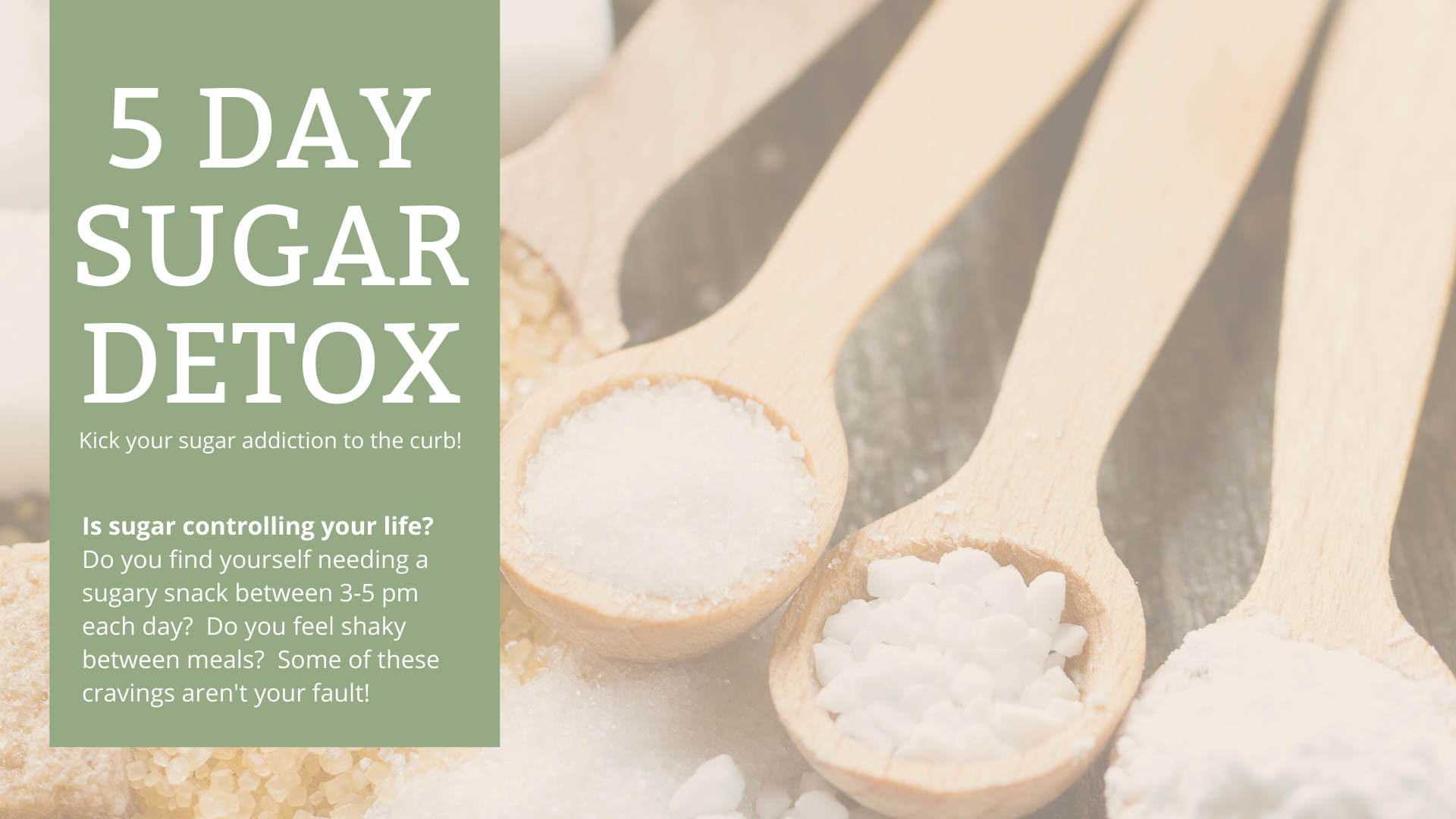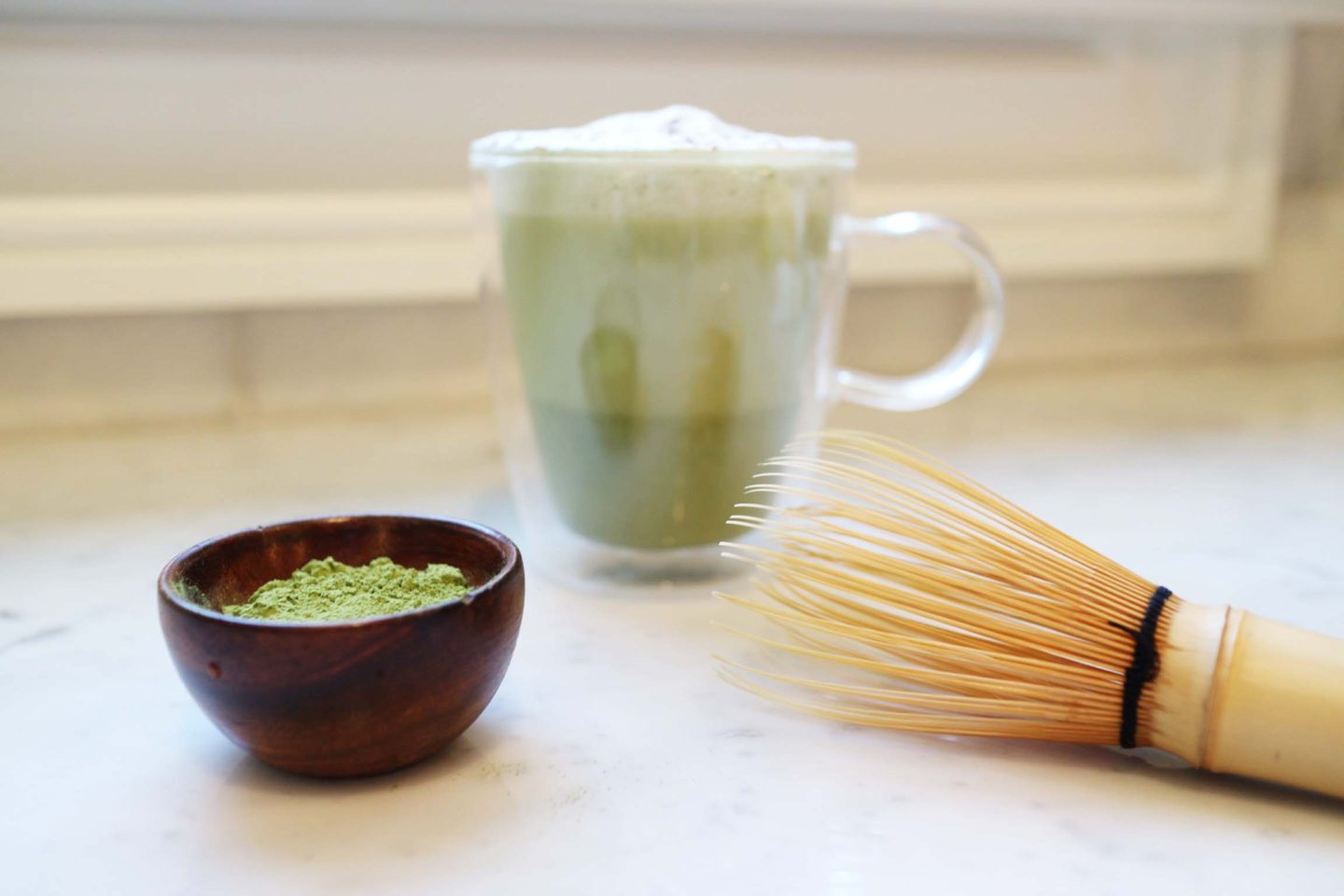
Chances are you’ve heard of matcha tea as an excellent substitute for coffee, but the question we hear most often is, “what’s the difference between matcha and regular green tea”? We are here to tell you the main differences, health benefits, and why you should switch out your daily skinny vanilla latte for this delicious matcha green tea latte.
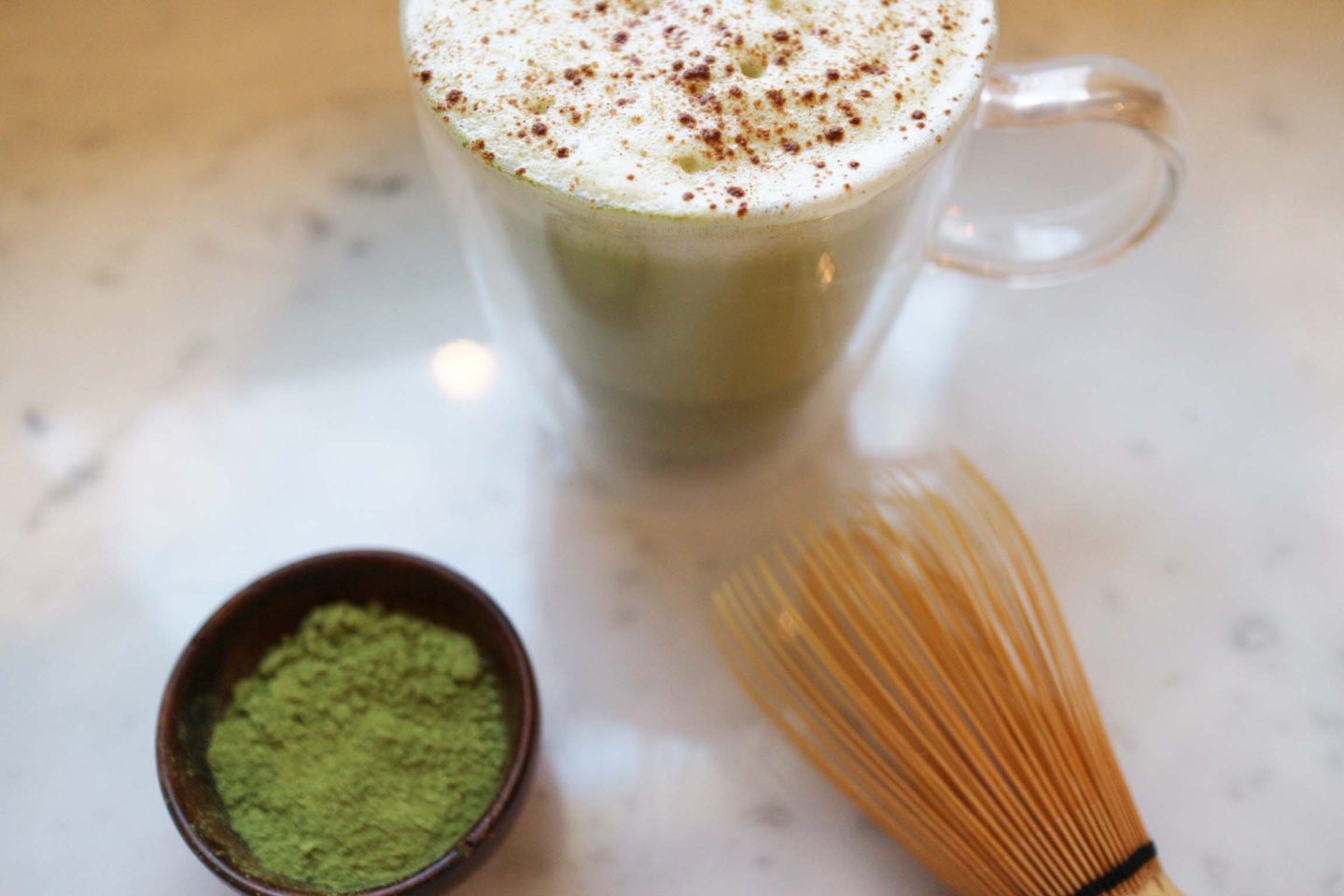
Let’s first start with, “what is matcha tea”? Matcha is a type of powdered green tea that is, in most cases, grown and produced in Japan. Matcha dates back to the 1100s when a Japanese monk brought the idea of powdered tea to Japan from China. This eventually evolved into the traditional chanoyu ceremony, a tradition that has continued in Japan today. Originally matcha tea was strictly for royalty and samurai warriors since it was so time consuming and expensive to make. Now, it is a popular drink throughout Japan.
The main difference between matcha tea and green tea is that matcha comes in powdered form and you consume the whole leaf while with green tea, you steep and discard the leaves. Green tea leaves used for matcha are grown in shade for the last portion of its growth process. This increases in chlorophyll content and creates that beautiful, vibrant green color. The green tea leaves are then carefully ground with stone grinding wheels to produce the fine matcha tea powder.
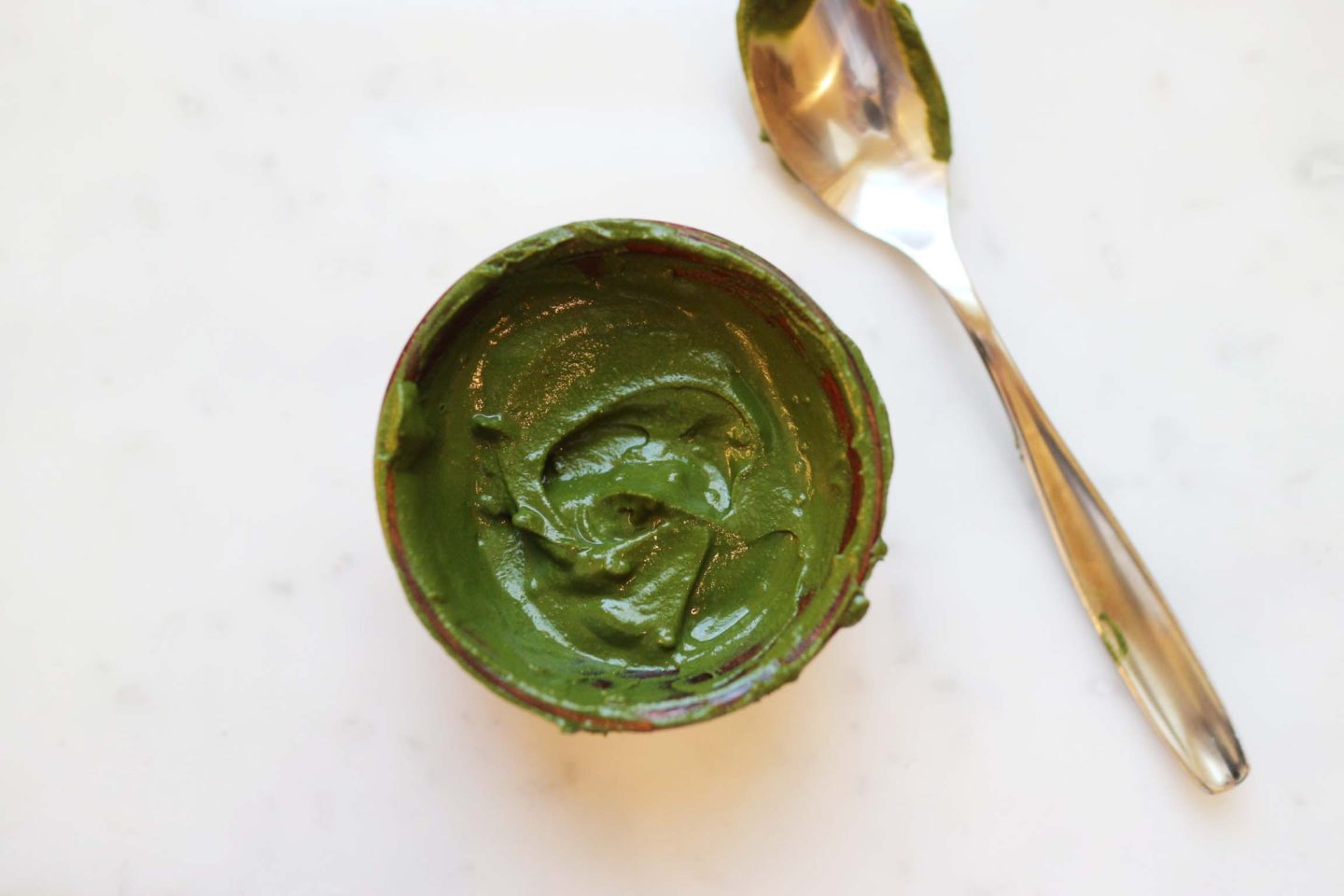
The health benefits of matcha tea are superior to green tea, containing more caffeine, polyphenols, antioxidants (including EGCG), and L-Theanine. Although matcha contains more caffeine, it won’t give you that jittery feeling a large espresso drink will. Matcha provides you with a very calming energy. The process of shading and harvesting increases the content of L-Theanine, an amino acid that helps balance the caffeine, creating calmness without drowsiness. L-Theanine is also known to stimulate brainwaves can help increase focus and concentration!
Having foods that are high in antioxidants are always a huge benefit. It has been found that matcha has 60x the antioxidants of spinach and 7x the antioxidants of dark chocolate. It is also very high is polyphenols, especially EGCG (epigallocatechin gallate). These polyphenols have been shown to have a protective effect against some types of cancer.
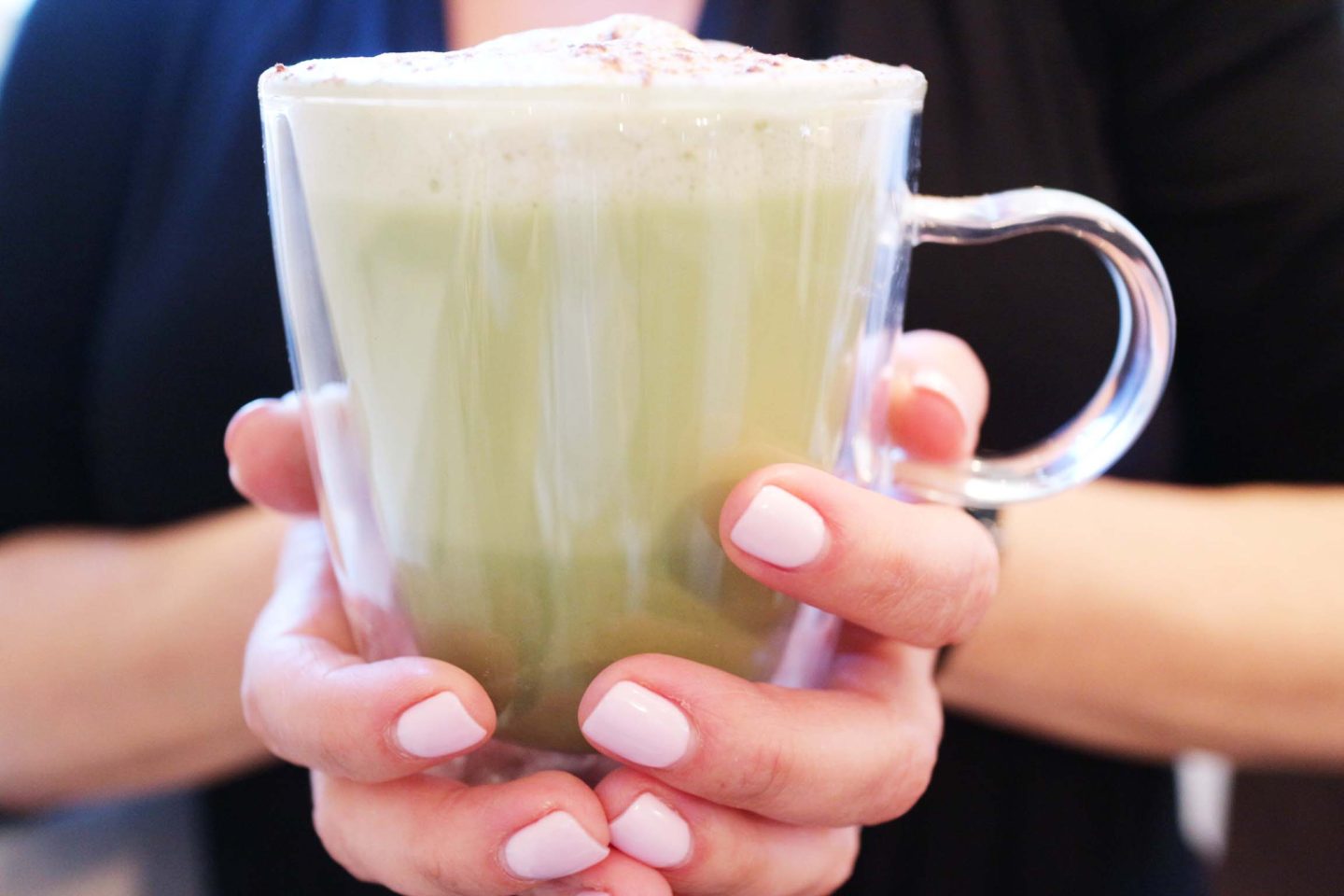
The high concentration of EGCG in matcha tea can also aid in weight loss. Studies indicate that there is an increase in the rate of burning stored fat as energy, as well as decreasing the formation of new fat cells.
Now let’s talk about how to make this stuff! When you buy matcha tea, make sure that it is high quality. It may seem expensive, but you are only using a teaspoon for a serving so it is cheaper than going to Starbucks! Don’t be afraid to adjust the sweetness. Matcha has a natural, earthy/grassy taste so start with a little Remember, drinking matcha tea was a long ceremonial process so while it shouldn’t take you longer than 10 minutes to make, it isn’t as easy as popping a K-Cup into your Keurig.
Ingredients/Equipment:
Bamboo whisk and spoon (you can use a regular whisk, but using a bamboo whisk will make it frothier)
Glass bowl for whisking
Frother (totally optional, but we love a little extra froth on the top of our lattes)
1 tsp. macha powder
1 – 1 1/2 cup nut milk of your choice
1/2 tsp. cinnamon
1/2 – 1 tsp. of monk fruit sweetener (or any natural sweetener of your choice)
Instructions:
- Heat milk in a sauce pan over medium-high heat
- While milk is heating, place matcha in the glass bowl. Add about a teaspoon of water and make a paste like substance by smoothing matcha with the back of the spoon.
- Once milk is heated (just barely a boil) add it to the glass bowl with matcha paste. Whisk together and then add in cinnamon and monk fruit until it is all blended.
- Pour contents of the bowl into a mug.
- If you would like to add some froth to the top, this is the time. Add additional nut milk to your frother, froth, and add to the top of your latte.

